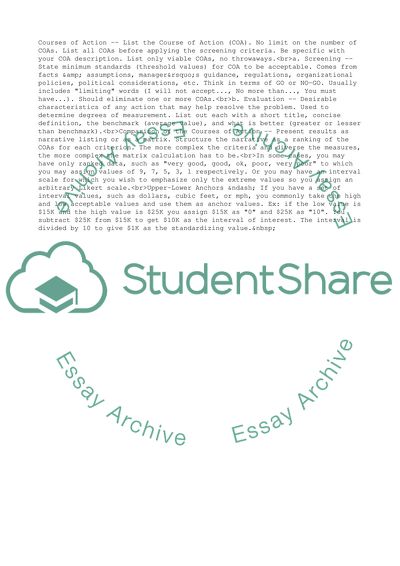Cite this document
(The Process of Staff Study Research Paper Example | Topics and Well Written Essays - 1000 words, n.d.)
The Process of Staff Study Research Paper Example | Topics and Well Written Essays - 1000 words. Retrieved from https://studentshare.org/business/1790716-staff-study
The Process of Staff Study Research Paper Example | Topics and Well Written Essays - 1000 words. Retrieved from https://studentshare.org/business/1790716-staff-study
(The Process of Staff Study Research Paper Example | Topics and Well Written Essays - 1000 Words)
The Process of Staff Study Research Paper Example | Topics and Well Written Essays - 1000 Words. https://studentshare.org/business/1790716-staff-study.
The Process of Staff Study Research Paper Example | Topics and Well Written Essays - 1000 Words. https://studentshare.org/business/1790716-staff-study.
“The Process of Staff Study Research Paper Example | Topics and Well Written Essays - 1000 Words”, n.d. https://studentshare.org/business/1790716-staff-study.


